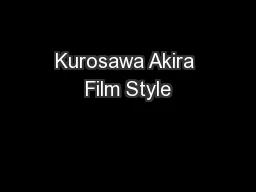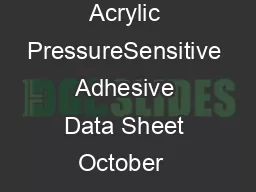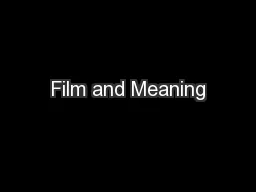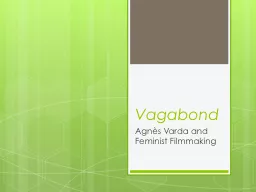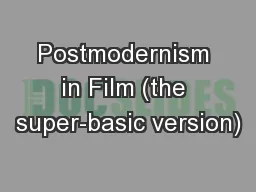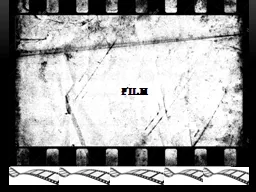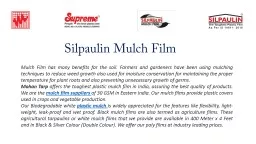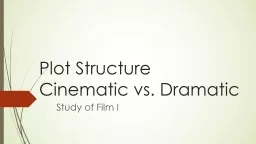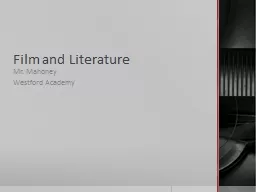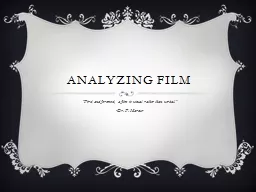PPT-Kurosawa Akira Film Style
Author : sherrill-nordquist | Published Date : 2018-03-22
Perfectionist Movie directors or should I say people who create things are very greedy and they can never be satisfied That s why they can keep on working I
Presentation Embed Code
Download Presentation
Download Presentation The PPT/PDF document "Kurosawa Akira Film Style" is the property of its rightful owner. Permission is granted to download and print the materials on this website for personal, non-commercial use only, and to display it on your personal computer provided you do not modify the materials and that you retain all copyright notices contained in the materials. By downloading content from our website, you accept the terms of this agreement.
Kurosawa Akira Film Style: Transcript
Download Rules Of Document
"Kurosawa Akira Film Style"The content belongs to its owner. You may download and print it for personal use, without modification, and keep all copyright notices. By downloading, you agree to these terms.
Related Documents

